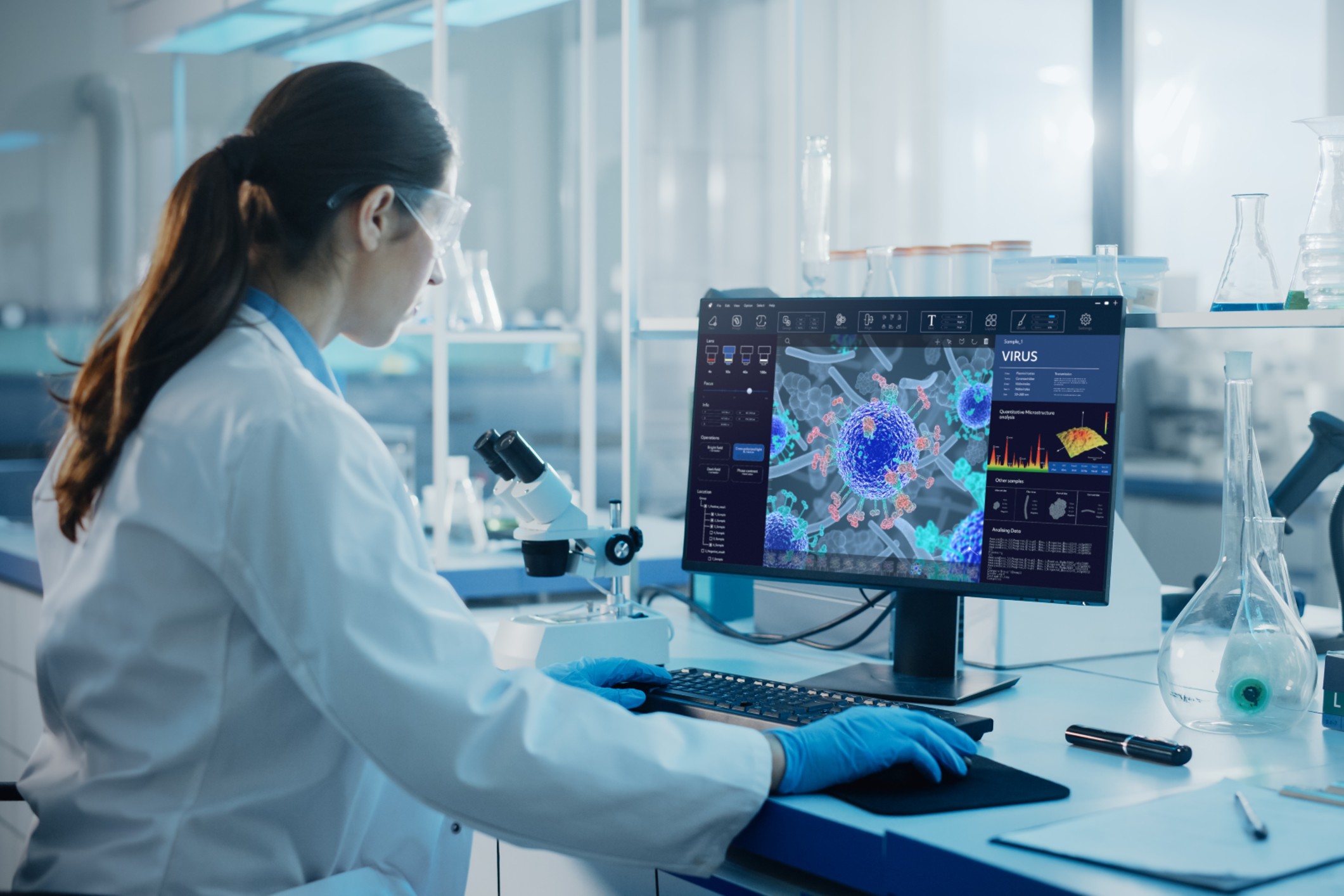
Acinetobacter baumannii is an antibiotic-resistant pathogen that has been found to be able to survive on a hospital wall without food and water for up to a year.
This superbug has raised the alarm bells of the medical world as new research calls for new effective antibiotic therapies.
The study led by Macquarie University researchers said that when it infects a vulnerable patient it resists antibiotics as well as the body’s built-in infection-fighting response but we still don’t know much about how it infects us.
The World Health Organization (WHO) recognises it as one of the three top pathogens in critical need of new antibiotic therapies.
Acinetobacter baumannii is one of the handful of superbugs global health officials are worried about as antibiotic resistance in people is one of the biggest threats to global health, food security and development today.
“In the lab we can see this pathogen is very tough. Other researchers have shown that you can desiccate the bug for a year and when they added water, it was still able to infect mice,” said Associate Professor and senior author of the study, Amy Cain.
“So, we don’t know much about it. We don’t know where it came from, nor how it became so resistant and resilient. Now, thanks to this paper, we know how it deals with stress.”
Ms Cain and her fellow researchers discovered how to disrupt Acinetobacter baumannii’s strong pump system that pushes antibiotics and other threats out of the cell which allowed them to manipulate the pathogen’s virality.
This has been a global research effort over the past five years, working with colleagues at Flinders University, Monash University, University of Cambridge, University of Wurzburg.